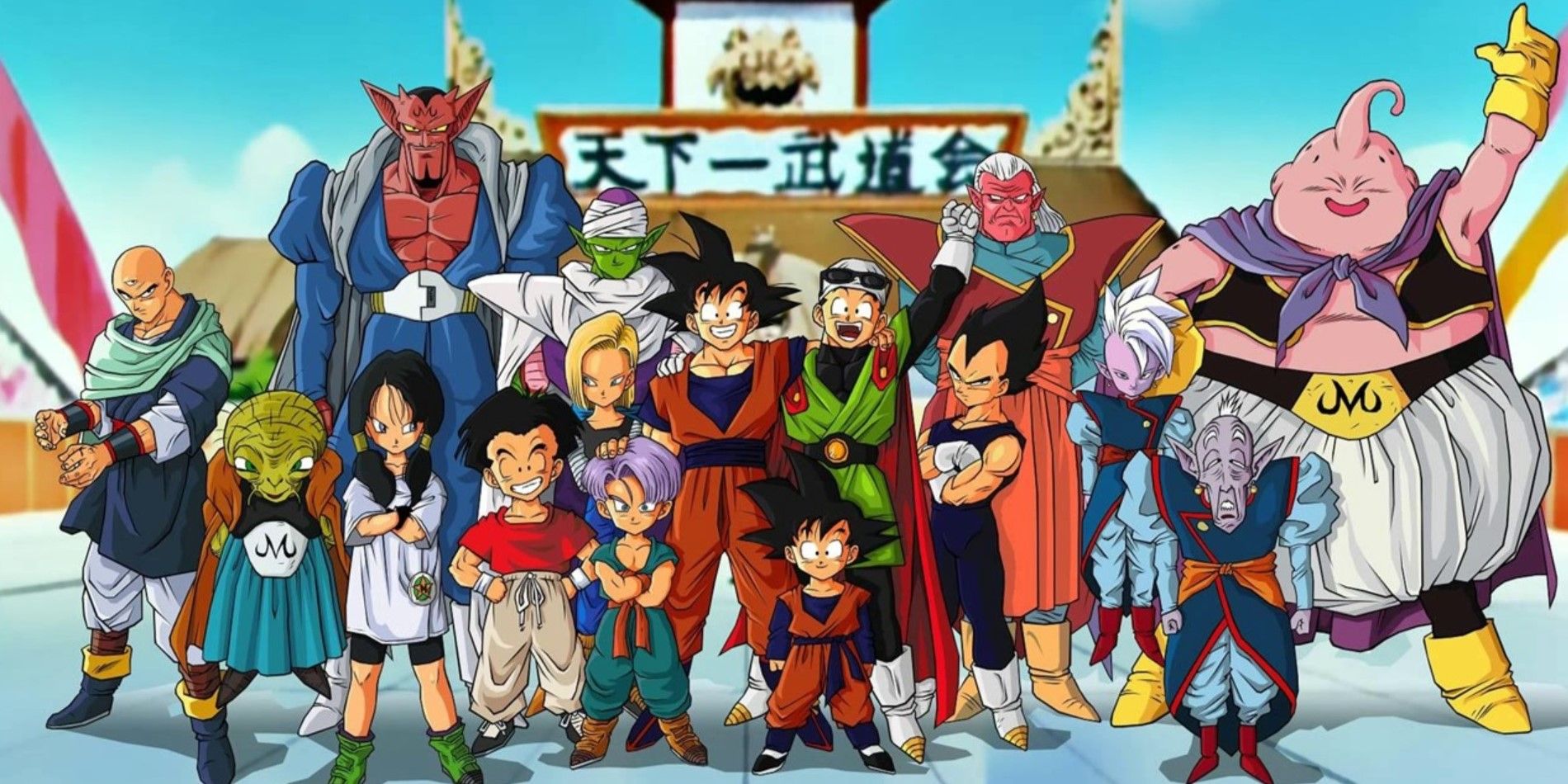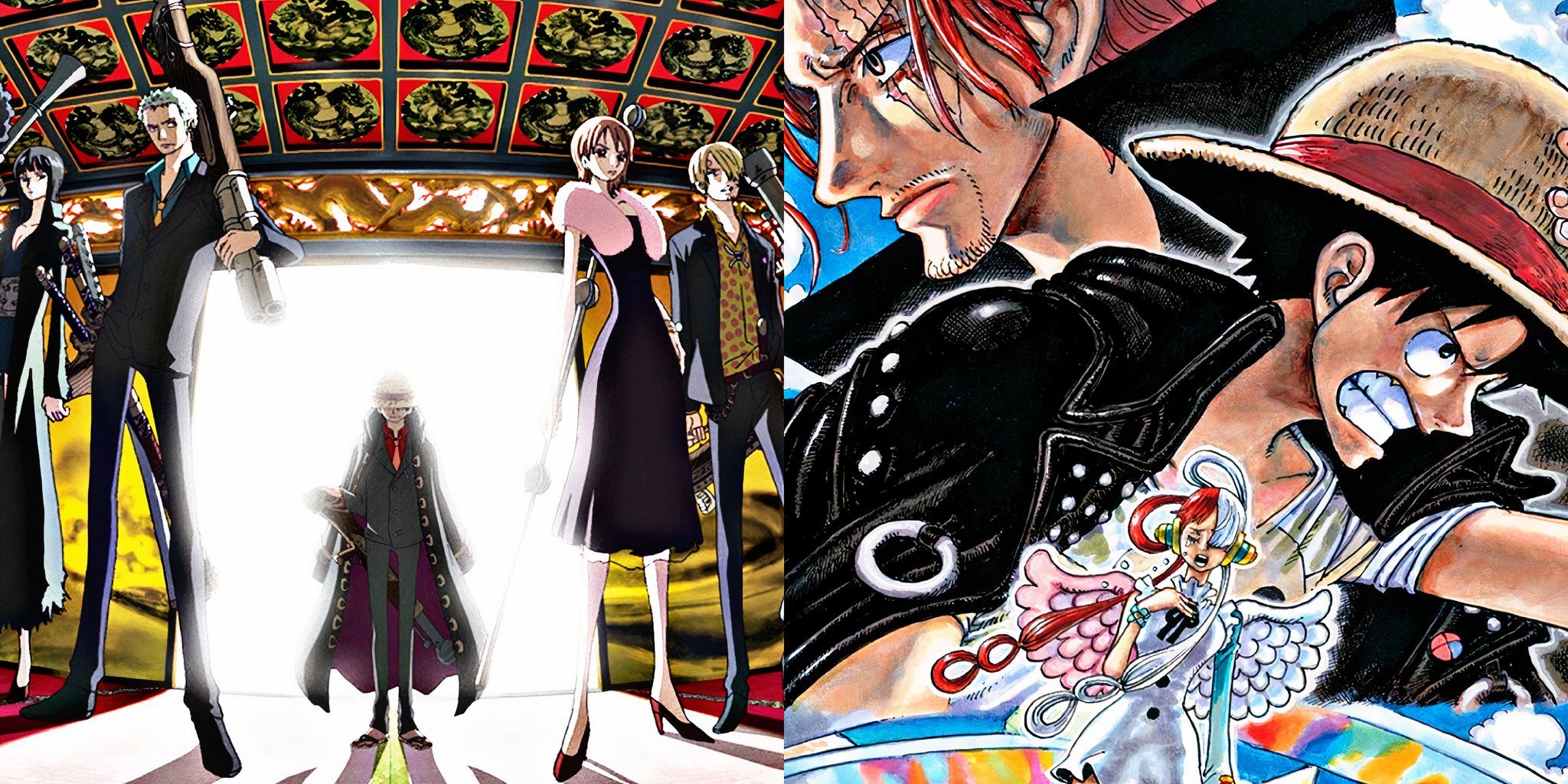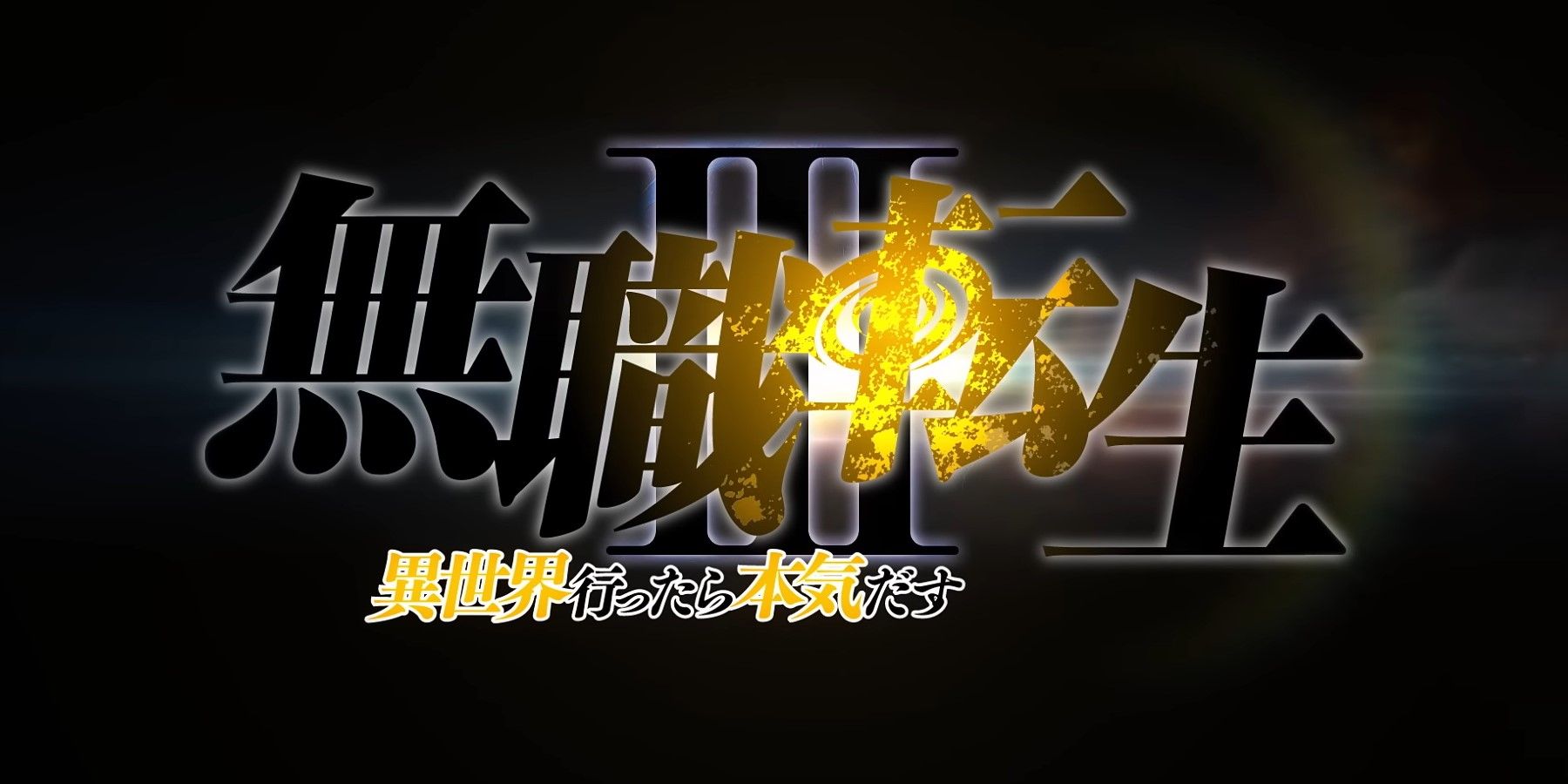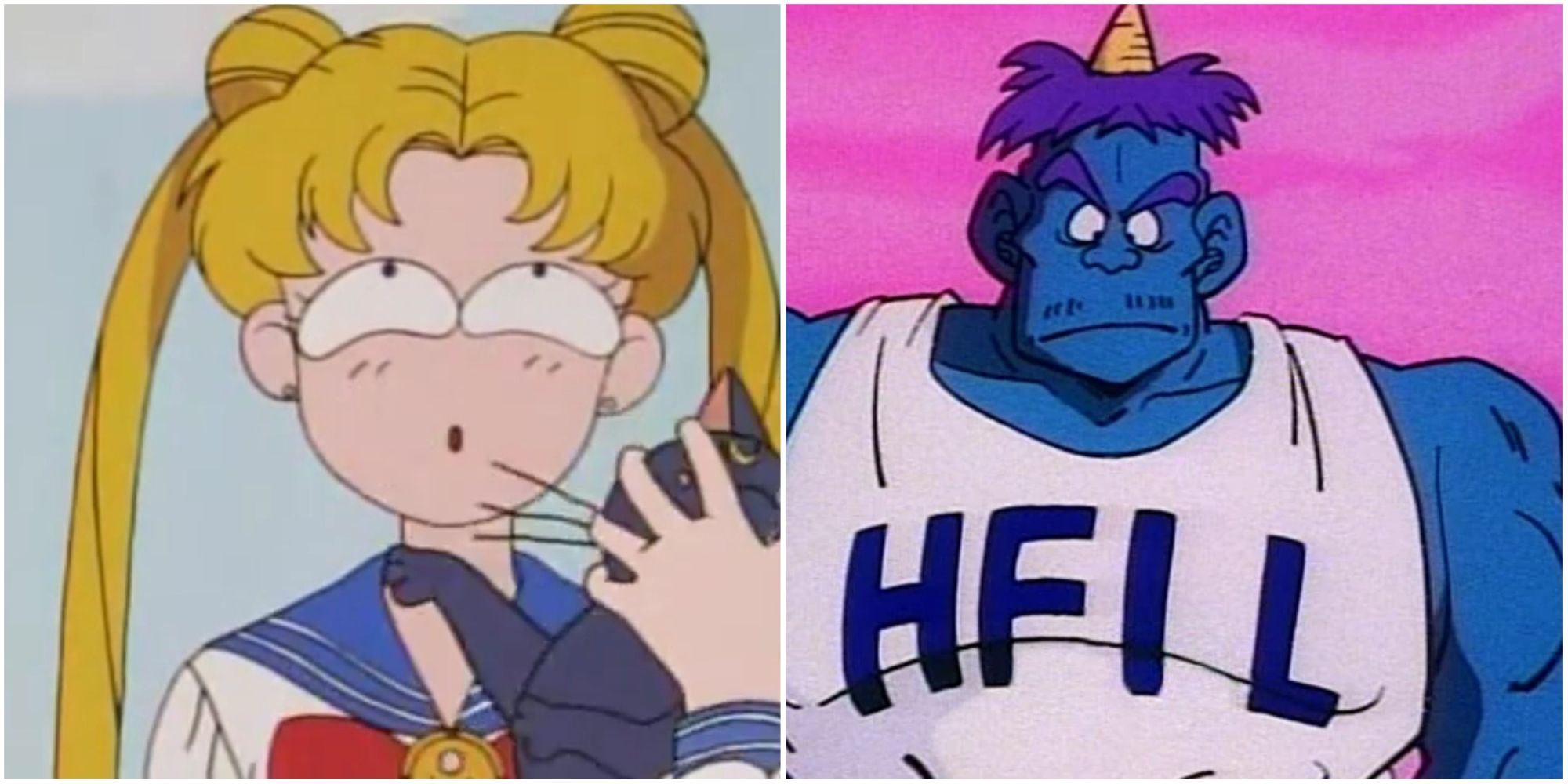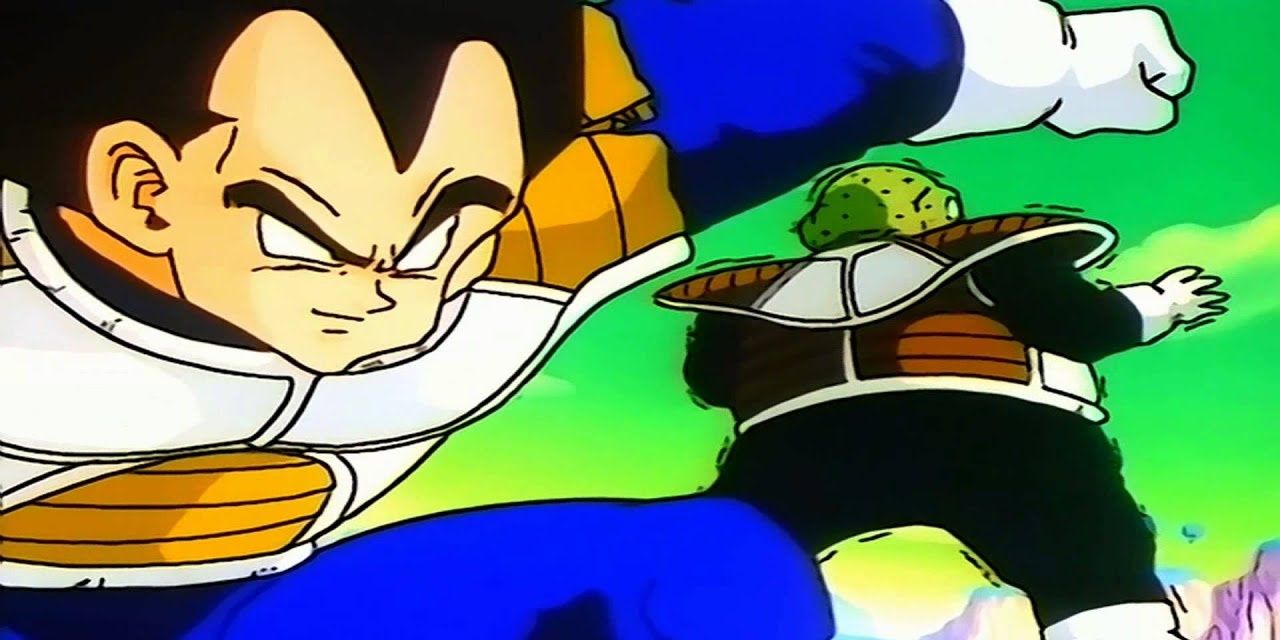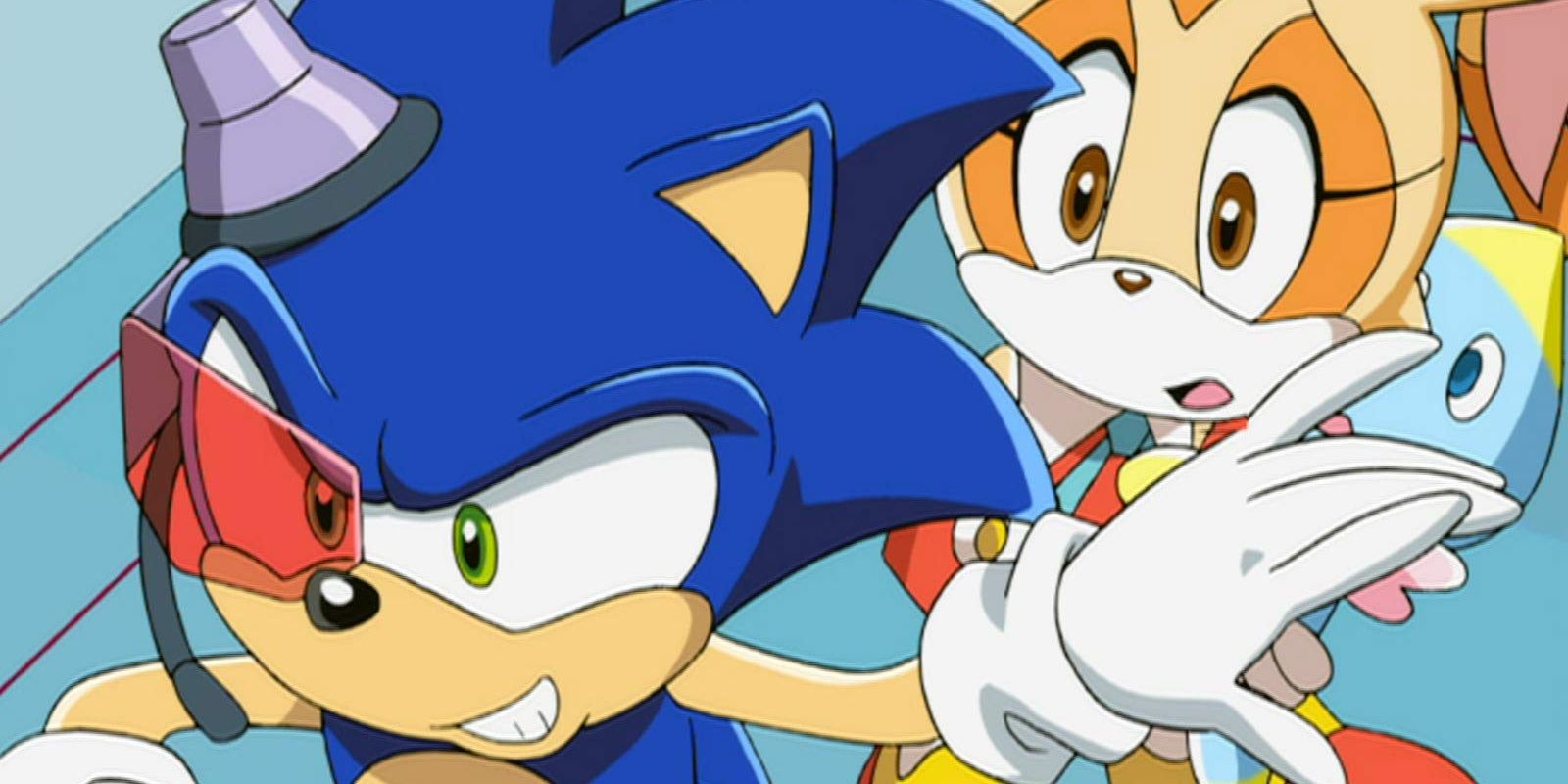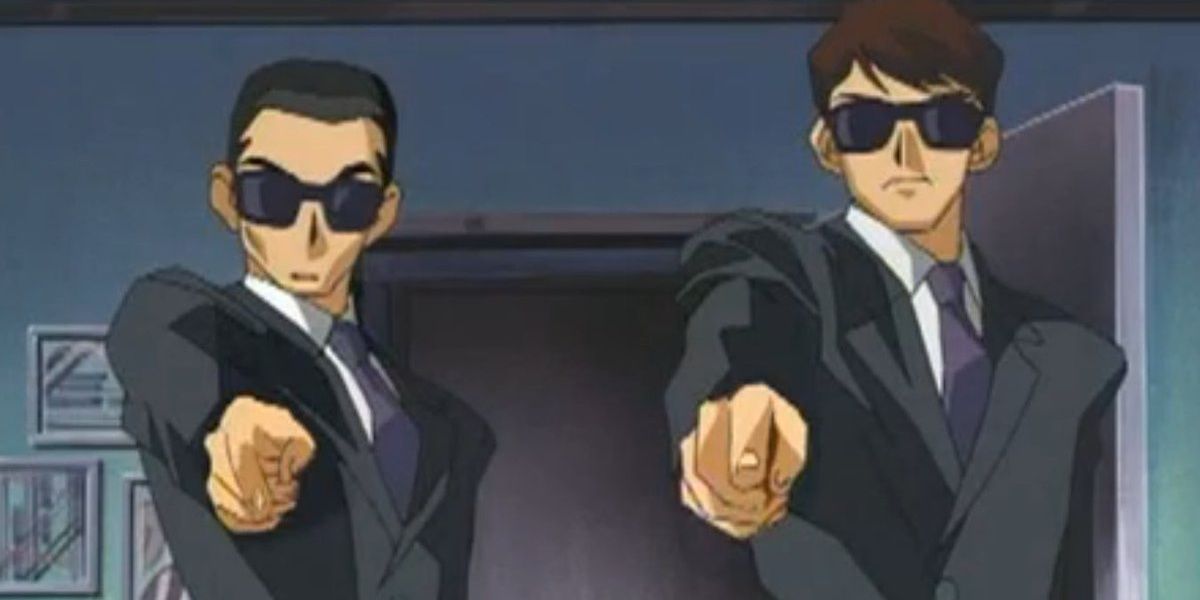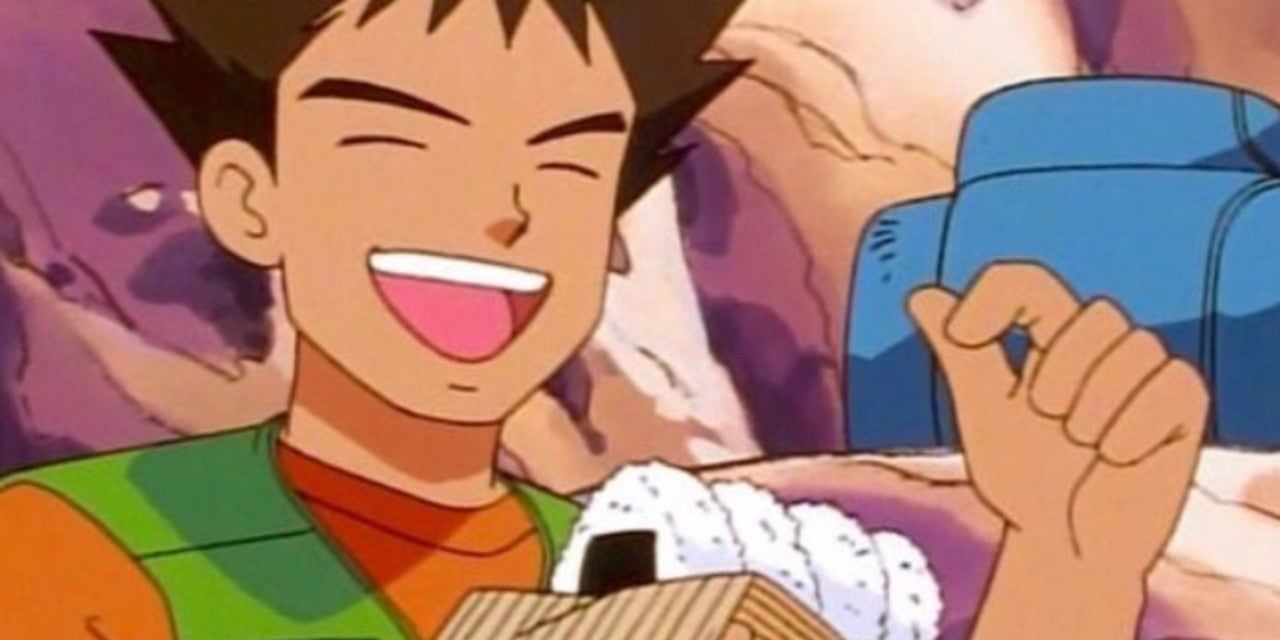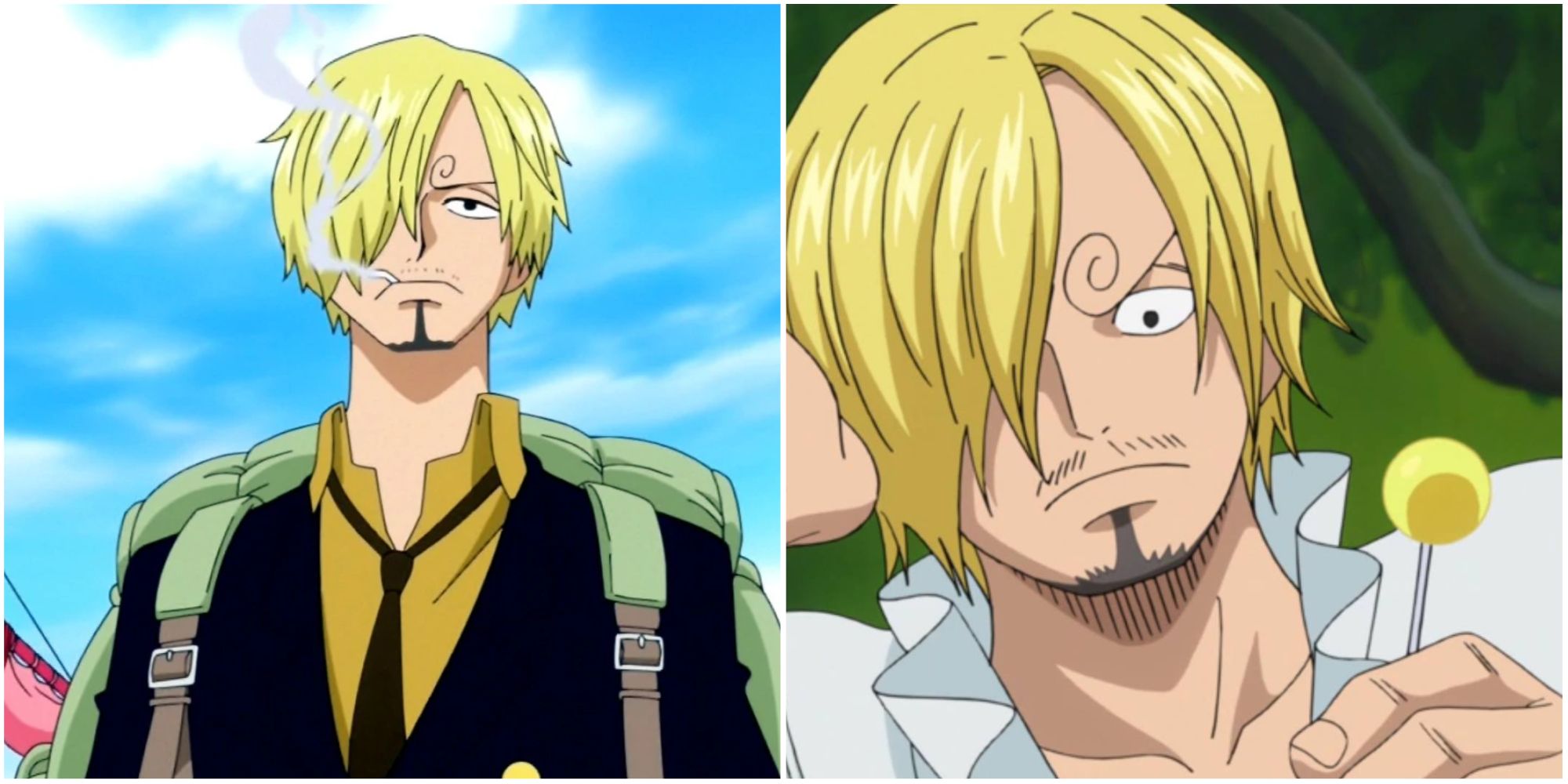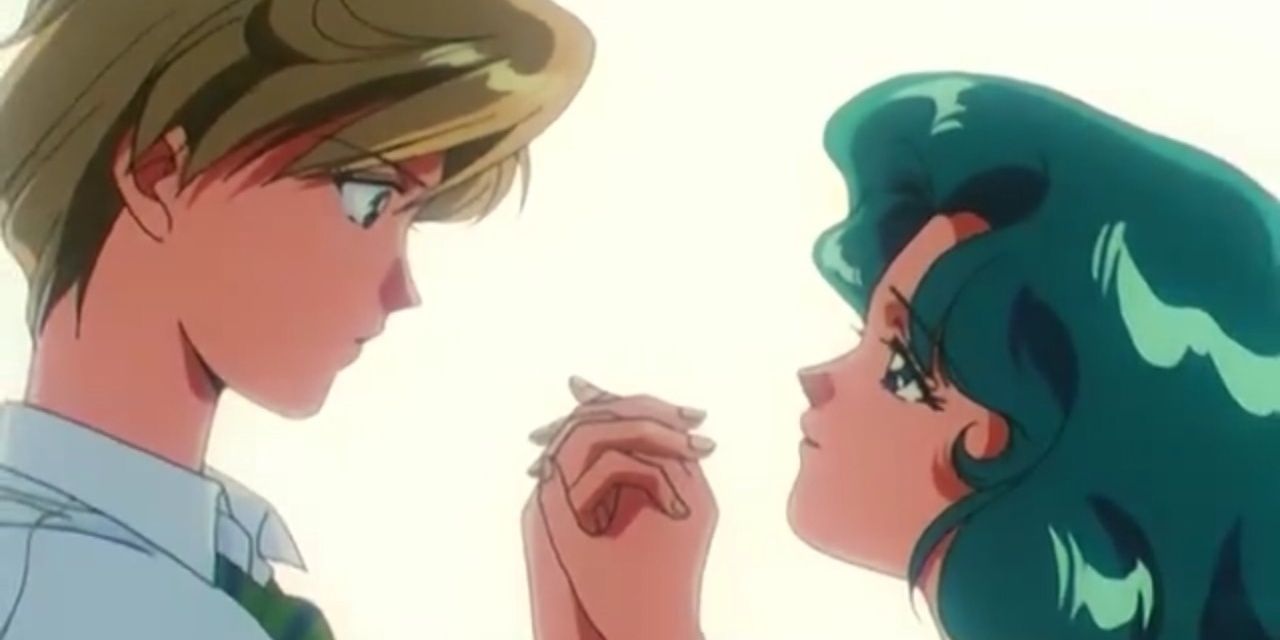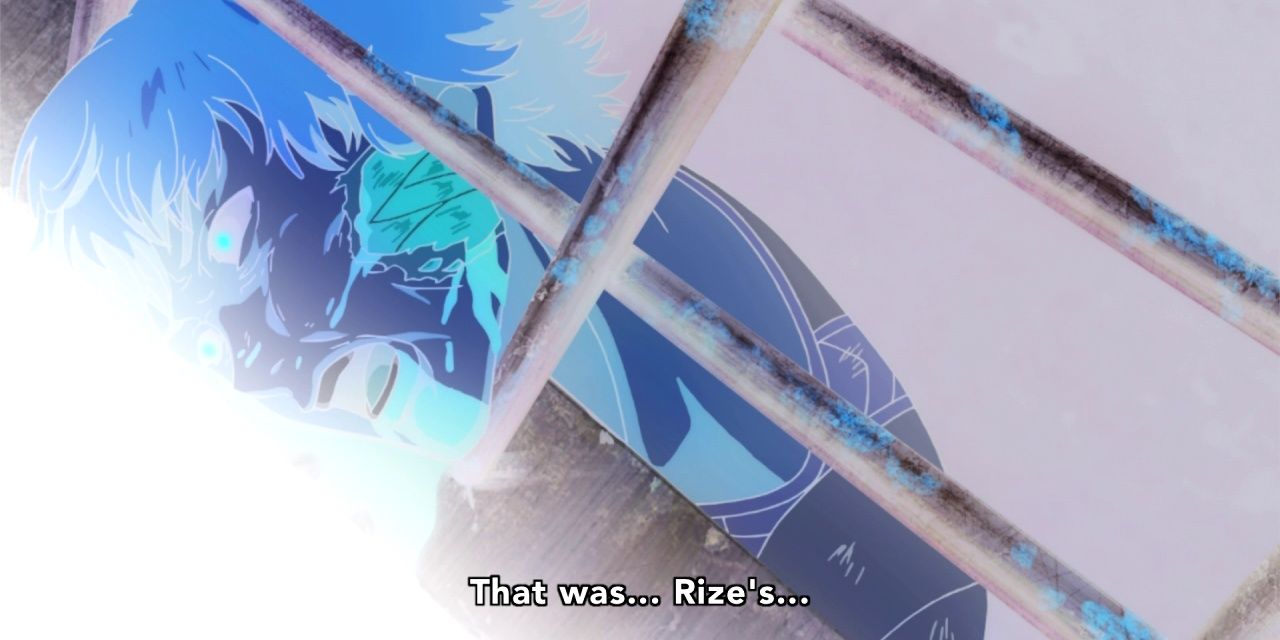Few can question that anime has hit has been a global success. The Japanese animation has enraptured countless audiences outside its native country with its varying styles and genre-challenging storytelling. However, that journey to the mainstream hasn't exactly been smooth.
The anime medium has seen several shows censored for western audiences, and the methods behind this censorship are downright hilarious. While not all of them compromise the series, it's still funny to think that someone spent time on such aspects. They wanted to sell the property to kids without suffering the ire of parents for the more intense aspects. In short, they wanted to have their cake and eat it, too.
7 Dragon Ball Z
The iconic Dragon Ball series was instrumental in bringing anime to the West, but many viewers' first taste of the martial arts adventure was diluted. The early dub by the Canada-based Ocean group is almost a private joke among the fandom.
That mainly comes from how it dialed down the more intense aspects of the fighting franchise. Battle damage looks far less severe, namely from the lack of blood. In addition, Hell was now HFIL, or the "Home for Infinite Losers". In fact, the show removes most references to death. Instead, victims go to "the next dimension." Granted, that sounds cool and isn't entirely inaccurate--dead characters travel to the Otherworld--but it's still silly how broadcasters toned down the consequences of a series which thrives on violence.
6 Sonic X
Turning a speed-based series like Sonic into an anime should have been a rousing success. In some ways, it was. The show's presence and its mainstay line of voice actors became an enduring part of the hedgehog's history. However, that place didn't come without compromise.
Enter 4Kids Entertainment. This was the network in charge of localizing Sonic X, and they issued several changes to the Blue Blur's adventure. Notably, they erased the text on signs and billboards and replaced it with silly pictures. Gunfire still appears the same, but the sound effects now resemble laser beams out of a cheesy sci-fi flick. That audio tampering extended to the dialogue with the omission of the curse words. Then again, cursing isn't a guarantee of quality. Sonic and friends also swore in Shadow the Hedgehog, whose pseudo-edginess is widely considered one of the series' low points. Sonic X is at the other end of that spectrum; it's so saturated that none of it feels genuine.
5 Yu-Gi-Oh!
Another product of 4Kids, Yu-Gi-Oh! obviously deals with horrifying monsters duking it out in a holographic card game. The odd thing is that wasn't what broadcasters censored.
The edits actually came with the human enemies. The show has occasional instances where thugs threaten the heroes with guns. One wouldn't want to expose children to firearms, so localizers simply cut them out. The resulting western broadcast had the villains making fists, angrily pointing, or holding invisible weapons. Yes, the Lovecraftian creatures are okay, but handguns are too scary. That makes sense.
4 Pokémon
The other big monster-battling franchise on the block, Pokémon actually became an anime before Yu-Gi-Oh!. Sadly, much of it is painful to watch, especially the early episodes. It's not just because of the awful voice acting and spoon-fed messages, though those definitely don't help.
Part of the cringe quality comes from the edits made, most of which are bizarre replacements. The localizers changed eastern foods like rice balls into western alternatives like jelly donuts. They switch out shuriken for pink throwing stars with suction cups. The folks in Team Rocket hold birthday candles instead of matches. Wouldn't you know it? These changes come courtesy of 4Kids (until 2006). Fans should be sensing a pattern here.
3 One Piece
The company also got their hands on One Piece. With that comes their characteristic removal of blood and text. This is an exaggerated show, so catering toward younger audiences doesn't stand out as much. That said, it's still a series about pirates.
This makes it weirder when western broadcasts change iconic aspects of these high-seas scallywags. Meme culture has already made fun of Sanji trading his cigarettes for lollipops, but there's also the swapping out of pistols and rifles for water guns and other gag weapons. With these downgrades, the Straw Hats are less threatening than the Pirates of the Caribbean.
2 Sailor Moon
Fans could see this one coming a mile away. A provocative franchise like Sailor Moon obviously wasn't going to make it to American TV screens without some cuts. Western versions predictably tone down the sexualization and references to love in several areas. However, it's not just heterosexual love that gets the ax.
The series also contains a lesbian relationship. Namely, Neptune and Uranus are lovers, and they spend numerous scenes huddled together. In western dubs, that's simply because they're cousins. They still have romantic close-ups and intimate lighting, but the dialogue always reminds audiences that they're just cousins. Ironically, this makes it much more awkward than it would have been otherwise.
1 Tokyo Ghoul
It goes without saying that a show about cannibalism would have some gore. Sure enough, Tokyo Ghoul is one of the bloodier anime shows around, and it's anything but subtle. When characters suffer injuries, they squirt out entire fountains of red. One would think that it would be impossible to disguise that.
Against all odds, the localizers found a way. During dismemberment sequences, they simply recolor the entire screen in a negative filter. Well, they did their job; viewers can't see any blood. The problem is that they can't see anything else, either. This is the type of amateurish over-correction you see from a first-time editor, not a professional dubbing company.

